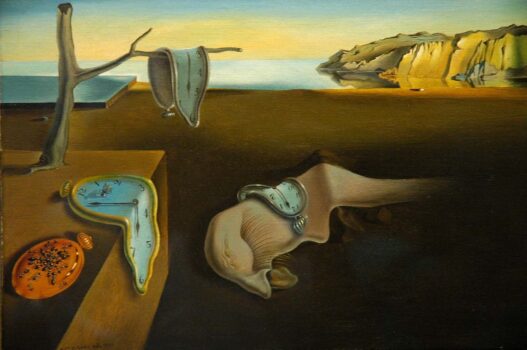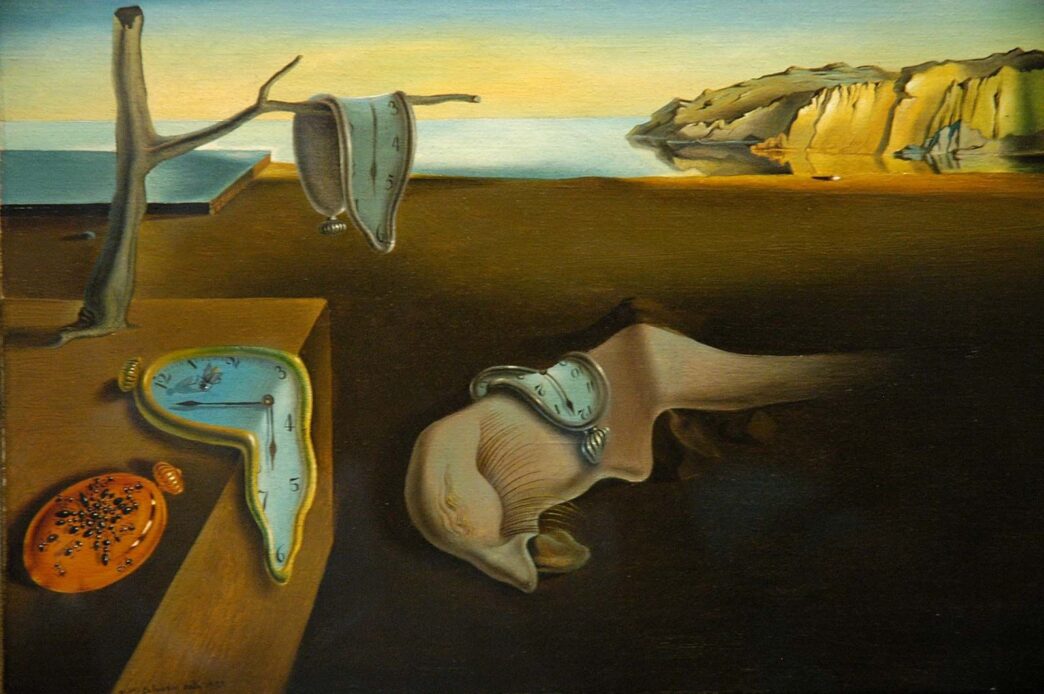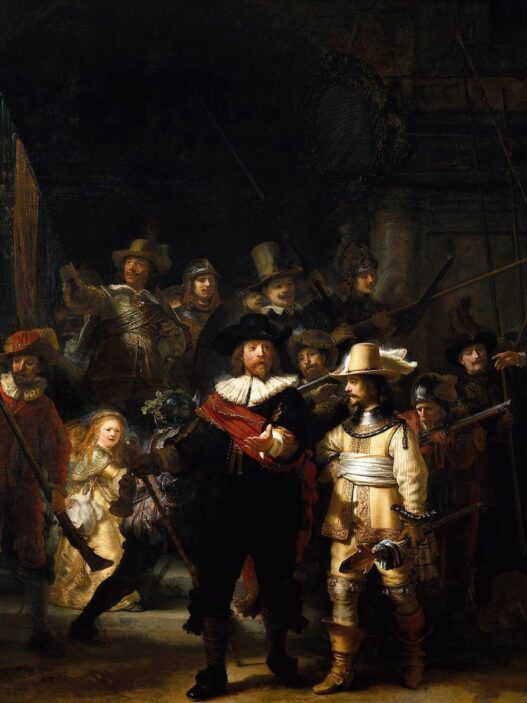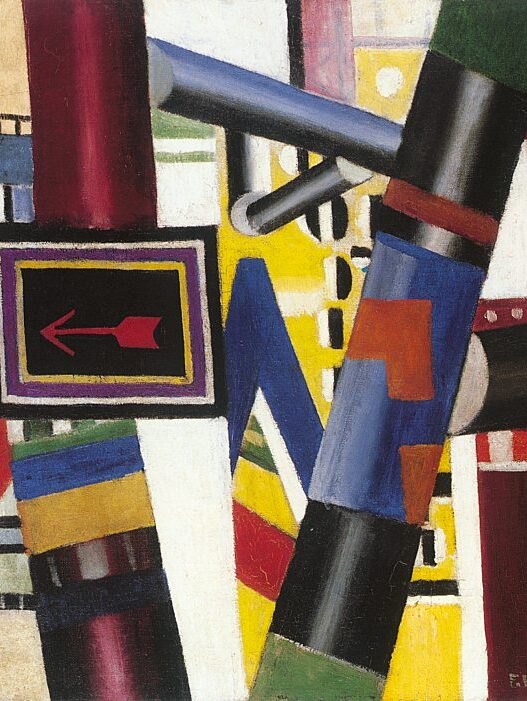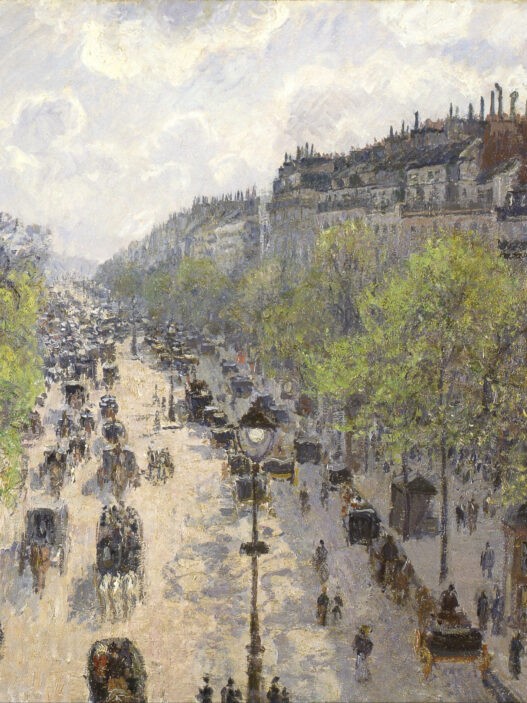Surrealism, an art movement that emerged in the early 20th century, is characterized by its dreamlike and often bizarre imagery. It sought to tap into the unconscious mind, allowing artists to express their innermost thoughts and feelings without the constraints of reason or logic.
Origins and Influences
Surrealism can trace its roots back to the Dada movement, which emerged during World War I as a reaction against the horrors of war and the rationalism of modern society. Dada artists sought to challenge traditional notions of art and culture, and their emphasis on the absurd and irrational would later influence the development of Surrealism.
One of the most significant influences on Surrealism was the work of Sigmund Freud, the Austrian neurologist and psychoanalyst. Freud’s theories of the unconscious mind and the power of dreams provided a framework for Surrealist artists to explore the depths of their own psyches.
Key Characteristics of Surrealist Art
- Dreamlike imagery: Surrealist artists often depicted scenes that appeared to be taken directly from dreams, featuring illogical and fantastical elements.
- Automatic writing and drawing: Surrealists used techniques such as automatic writing and drawing to bypass conscious thought and allow their unconscious minds to express themselves freely.
- Juxtaposition of incongruous objects: Surrealist artists often combined seemingly unrelated objects or elements in their compositions, creating a sense of disorientation and wonder.
- Exploration of the subconscious: Surrealism aimed to uncover the hidden depths of the human psyche, revealing the irrational and illogical aspects of our minds.
- Social and political commentary: While Surrealism was primarily concerned with exploring the unconscious mind, many Surrealist artists also used their work to address social and political issues.
Famous Surrealist Artists
Salvador Dalí: Perhaps the most famous Surrealist artist, Dalí is known for his iconic images, such as “The Persistence of Memory,” which features melting clocks in a dreamlike landscape.

René Magritte: Magritte’s work is characterized by its enigmatic and often humorous imagery, such as “The Treachery of Images,” which depicts a pipe with the caption “Ceci n’est pas une pipe” (This is not a pipe).

Joan Miró: Miró’s playful and colorful paintings often feature abstract shapes and symbols that evoke a sense of childlike wonder.

Max Ernst: Ernst was a prolific artist who experimented with a variety of techniques, including collage, frottage, and decalcomania. His work often featured dreamlike landscapes and bizarre creatures.
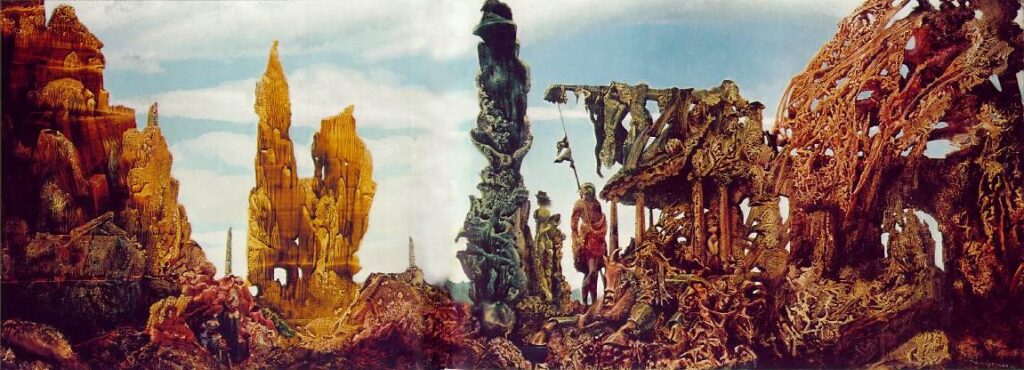
Giorgio de Chirico: De Chirico’s paintings often featured desolate cityscapes and enigmatic objects, creating a sense of mystery and melancholy.

The Legacy of Surrealism
Surrealism had a profound impact on the development of modern art and continues to influence artists today. Its exploration of the unconscious mind and its rejection of traditional artistic conventions opened up new possibilities for artistic expression. Surrealism’s emphasis on the power of the imagination and the importance of dreams has also had a lasting influence on popular culture.









